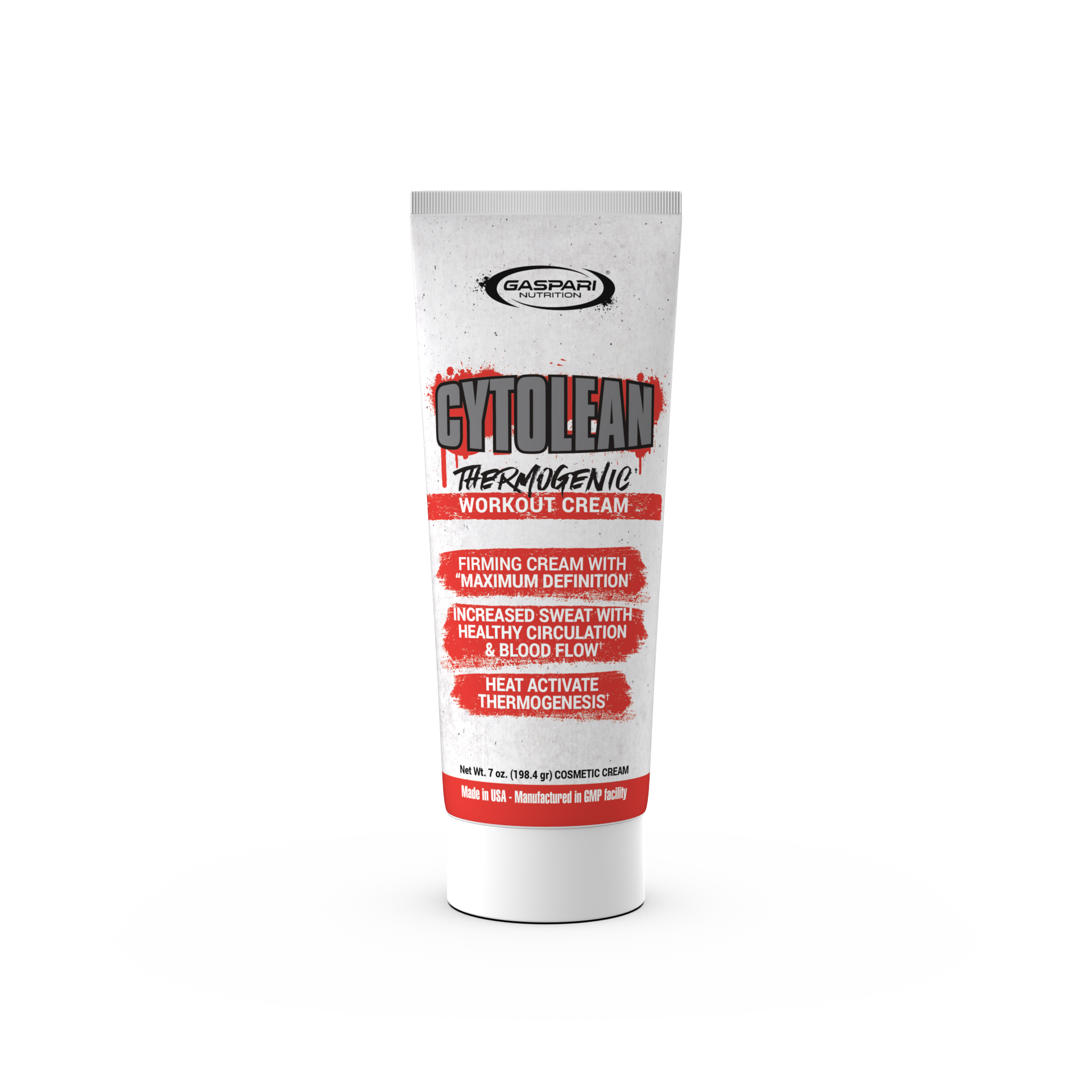We have been discussing some of the many things that can affect your physical training. We have also covered many neat little tricks, which give you that slight edge that can mean the difference between success and failure. However, we haven’t talked a whole lot about workout schedules. Most people tend to see this as an irrelevant thing, but it does matter. In this article, we will attempt to show you why it is not a thing to ignore.
What Is Upper/Lower Split Training?
Upper/lower split training is a system of scheduling which is meant to maximize results in terms of quick muscle growth. A lot of people swear by this routine, which suggests that it has something to offer.
It works like this: You alternate between two different workouts. That’s it; It is as simple as that. On the first day, you concentrate entirely on your upper body. On the next day, you concentrate entirely on your lower body. Repeat this cycle until you get pumped up to the desired degree (minus rest days, of course). Of course, there are ways that you can make it a little more complex and precise, and we will explore those later on.
Why is Upper/Lower Split Training A Good Idea?
The best thing about the upper/lower split method is that it maximizes the number of days per week that you can train. By focusing on one part of the body at a time, you allow for more recovery time between sessions. For instance, let’s say you’ve just done your upper-body workout. From this point, it’s going to be about 48 hours before those muscles are exerted again.
Why is this a good thing? Because evidence has shown that muscles respond much better to a more frequent regimen. In the study linked above, two groups of people were tested; One group did the upper/lower split while the other group used a 2-day-per-week total-body workout. In the end, the upper/lower group showed significantly better muscle growth.
Here is a much more detailed study that concluded much the same thing. This test used three groups. Group one did their workout once a week, group two did it twice a week, and group three worked out three times a week.
Those who worked out with maximum weight and minimal reps (group one) did show a slightly greater degree of weight loss, but groups 2 and 3 showed a superior increase in their muscle size and strength. We could cite several more studies showing the importance of training frequently, but you’ve probably got the idea by now.
Another good thing about this workout is that it fits with the hectic schedules of the modern world. Because you have a lot of flexibility in how you design this workout, it is much easier to fit into your daily life.
What Are The Guidelines?
There are some guidelines that are meant to be followed. Of course, these guidelines are quite flexible so that you can customize your workouts according to your needs. On your upper-body days, you should follow this basic workout pattern:
- Chest: 2 exercises
- Back: 2 exercises
- Shoulders: 1 exercise
- Biceps: 1 exercise
- Triceps: 1 exercise
As you can see, the rules are pretty broad. You can use any exercise you want, as long as you fit it into the parameters of this guideline. For your lower-body day, use this pattern:
- Quads: 1-2 exercises
- Hamstrings: 1-2 exercises
- Glutes: 0-1 exercises
- Calves: 1-2 exercises
Why Do These Guidelines Differ?
You may have noticed that the guidelines are a little bit different. Why is there more variability in the lower-body workout? There seems to be one overarching reason for this difference. A lot of these lower-body workouts will be doing double-duty.
It’s challenging to work the abs without also working some other part of the body. Even the classic “sit-up” puts plenty of strain on the back, legs, and chest. So, it is recommended to use compound exercises. There are a lot of lower-body exercises (like leg lifts and pull-ups) that give you a hard ab workout while also developing one or more other muscle groups. You can save time by hitting them both in a single exercise. That exercise is the leg-lift pull-up. By combining a leg lift with a pull-up, you get an ab workout that is second to none and a leg workout to match.
There are also a lot of exercises that work the glutes and some other muscle group at the same time. That is why you have the option of using 0 exercises for your glutes. For instance, let’s talk about squats. By measuring the electrical output of various muscle groups, researchers have been able to prove that squats provide high levels of muscle activation for the glutes, the quads, and the muscles in the back of the thigh (Biceps Femoris). Thus, there is no reason that you could not include squats in your quad workout and remove the glute day.
Follow The Guidelines Exactly
You might feel tempted to shuffle up the days. For instance, maybe you want to work your shoulders instead of your chest on day one. It might be tempting to write the whole thing off and do things in whatever order you feel inclined. There are many ways in which this workout is flexible. However, you need to stick to the exercise order outlined above.
There is some research behind this idea. When measuring differences in overall fitness and development, scientists found that exercise order played a much bigger role than most would be likely to expect. They were also measuring the importance of rest intervals and found that exercise order had a more significant effect on the results.
Do You Need to Worry About Over-Training?
If you follow the guidelines as described above, you should not have any excessive risk of injury. Of course, many fitness activities do carry certain risks, but most of these can be minimized with a little common sense. It is essential to know when your body has taken all that it can take.
The good news is that the body can handle a very frequent workout schedule. For instance, take this study, which was intended to measure the effect of rest period length on injury rates. They were attempting to determine the upper limits of human performance and find out exactly how many rest days were necessary to significantly lower one’s risk of injury.
The results are kind of striking. This study concluded that a person could train for 4-6 weeks before taking a two-day rest. They found that those who trained like this had no significant increase in their risk of injury. From this, we can see that the human body is meant to be a hard-working, high-performance machine. Of course, we are not recommending that you take it this far, as it is unnecessary to train every single day.
Those who train every single day tend to suffer from a lot more mental fatigue than others. It just wears on your mind to work your guts out day after day with no rest. There is a condition referred to as “workout burnout.” It’s not a medical condition, but it does seem to be very real in its effects.
Those suffering from workout burnout will typically have a decrease in performance, with a corresponding reduction in the benefits of their workout. At that point, you are essentially wasting your time. Those suffering from workout burnout are just going through the motions and are not really putting any effort into the things they do. These are the people at the gym who wander around like robots, never able to decide which machine to use because they aren’t even thinking about what they do.
Variations Of The Upper/Lower Split
There are basically five variations of the upper/lower split workout. You could go ahead and create a custom variation, but you would probably be better off to start with these methods, all of which have been tested and proven to be effective:
- The 2-Day Workout
- The 3-Day Workout
- The 4-Day Workout
- The 3-4-Day Workout
- The 4-5-Day Workout
The first three methods are self-explanatory: You work out either two, three, or four times per week, alternating regularly. The last two require a little bit of explanation. With methods four and five, you use a two-week schedule rather than a weekly schedule. For instance, if you are using method four, you would work out for three days during the first week and then do four days during the next week. Method number five is the same thing with different numbers.
It remains that we speak about the spacing of your rest days. There are many opinions on this matter, but we think the answer is obvious. As we mentioned earlier, the main benefit of this workout is the fact that it allows for greater rest periods between training without reducing the frequency of your training sessions. To maximize this benefit, we recommend that you should train every other day. Thus, your recovery windows stretch from 48 hours to 72.
A Sample Workout To Get You Started:
For those who still might be a little confused, let’s give a quick sample workout to get you started. If you are an absolute beginner, we recommend that you start with this routine and then gradually alter it as you see fit. Of course, you have to make sure that you stay within the basic template given above. Feel free to modify the weight amount or the reps to suit your capabilities, as the numbers given below are merely goals. Each of these workouts can be tailored to a specific type of person.
The Sample Workout
Upper-Body Day:
Chest: Chest flies (35 pounds, 3 sets of 10) and bench presses (1 set of 10 with maximum weight
Back: Wide-grip lat pull-downs (150 pounds, 3 sets of 10) and 1-arm dumbbell rowing (2 sets of 10 with maximum weight)
Shoulders: Overhead presses (100 pounds, 4 sets of 5)
Biceps: Preacher curls (40 pounds, 5 sets of 10
Triceps: Overhead tricep extensions (50 pounds, 4 sets of 10)
Lower-Body Day:
Quads: Regular Squats (5 sets of 10) and single-leg squats (5 sets of 10)
Hamstrings: Lunges (5 sets of 20)
NOTE: Glute day is omitted because we already have squats and lunges, both of which work the glutes extensively.
Calves: Practice walking on tiptoe while carrying weights in both hands. See how far you can get. Start with very little weight and work your way up slowly to avoid ankle injury
Conclusion
When you look at the effectiveness of the upper/lower split method, you can see that timing does indeed matter. You can also see that this workout method offers several unique advantages that are hard to overlook.
For those who are having a hard time sticking with their routine for whatever reason, this is a great option to try out. For those who are looking to smooth out some bumps and establish a steady routine that works well, it can also be a helpful tool. In the end, you will have to decide if this method is the one for you. If our work has aided you in the process of making this decision, we ask that you show your appreciation by following us on Facebook.
The post Upper/Lower Split Training 101 appeared first on Gaspari Nutrition.













































































Share:
Understanding the Anatomy of the Back
What Is Pyramid Training?